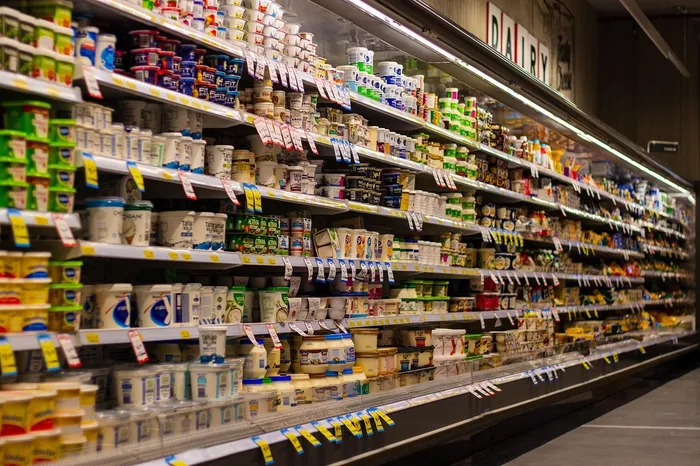Food prices rise again as household costs edge higher in October — PMBEJD
CONSUMER PRICES

The rise in household costs comes despite recent data from Statistics South Africa (Stats SA) showing that food inflation slowed for the second consecutive month, easing to 4.4% in September 2025 from 5.2% in August.
Image: Squirrel photos/Pixabay
The Pietermaritzburg Economic Justice and Dignity Group (PMBEJD) has raised concern over another increase in the cost of household food baskets, warning that poor and low-income households are being pushed deeper into food insecurity.
According to PMBEJD’s October 2025 Household Affordability Index, the average cost of the household food basket rose by R61.18 (1.1%) month-on-month, from R5 379.42 in September to R5 440.60 in October.
Year-on-year, the cost increased by R91.95 (1.7%) from R5 348.65 in October 2024.
The rise in household costs comes despite recent data from Statistics South Africa (Stats SA) showing that food inflation slowed for the second consecutive month, easing to 4.4% in September 2025 from 5.2% in August.
Mervyn Abrahams, PMBEJD director, said several staple foods saw notable price increases during October.
“Foods in the basket which increased in price in October 2025 by 2% or more include: white sugar, samp, cooking oil, frozen chicken portions, curry powder, soup, chicken gizzards, carrots, spinach, tinned pilchards, margarine, and polony,” Abrahams said.
By contrast, foods that decreased in price by 5% or more included sugar beans, onions, cabbage, and peanut butter. Other items that fell by 2% or more were maize meal, rice, stock cubes, eggs, chicken feet, chicken livers, and beef tripe.
Abrahams noted that Stats SA’s latest Consumer Price Index (CPI) shows headline inflation at 3.4% in September 2025, while for the lowest income groups it was between 2.6% and 3%.
“CPI food inflation was 4.4%. T,he Producer Price Index for August 2025 shows agriculture was 2.4%, of which products of crops and horticulture was -5.2%, and live animals and animal products was 13.2%,” Abrahams said.
Regionally, the cost of food baskets varied:
The Joburg basket rose by R117.32 (2.1%) month-on-month and R184.86 (3.4%) year-on-year to R5 671.73.
The Durban basket increased by R112.84 (2.2%) month-on-month and R84.54 (1.6%) year-on-year to R5 341.95.
The Pietermaritzburg basket fe ll by R48.06 (-0.9%) month-on-month but was still R109.22 (2.2%) higher year-on-year at R5111.88.
Evashnee Naidu, KwaZulu-Natal regional manager at Black Sash, said the continued rise in food costs was alarming given the pressure on households dependent on grants or low incomes.
“This is quite concerning as we have seen the price of maize and other products reduce, but the actual goods purchased by households still seem to be on the increase,” Naidu said.
“Households living on social grants or with little to no income are the most severely impacted by these increases and are forced to decide what they purchase and make choices as to what can be sacrificed in terms of basic necessities.”
Siyanda Baduza, a researcher with the Basic Income Project at the Institute for Economic Justice (IEJ), said the R61.18 increase would hit grant recipients hardest.
“While there were increases in the grants in October - because of planned staggered grant adjustments in order to keep pace with inflation - this increase risks outpacing the grants' value adjustments,” Baduza said.
“The Social Relief of Distress grant hasn't even seen any increase since May 2024, so its value has been massively eroded.”
Aliya Chikte, project officer at the Alternative Information and Development Centre (AIDC), said the average cost of a basic nutritional food basket for a family of four now stands at R3 707.08, leaving many households unable to meet even half of their monthly nutritional needs.
"As a result, households that receive grants can only cover about half of their monthly nutritional needs. The high cost of nutritious food, combined with low incomes, leads to a triple burden of malnutrition, where undernutrition, overnutrition, and micronutrient deficiencies occur simultaneously within communities," Chikte said.
BUSINESS REPORT